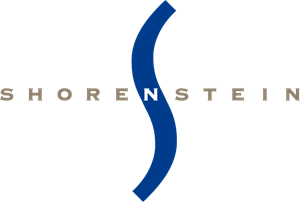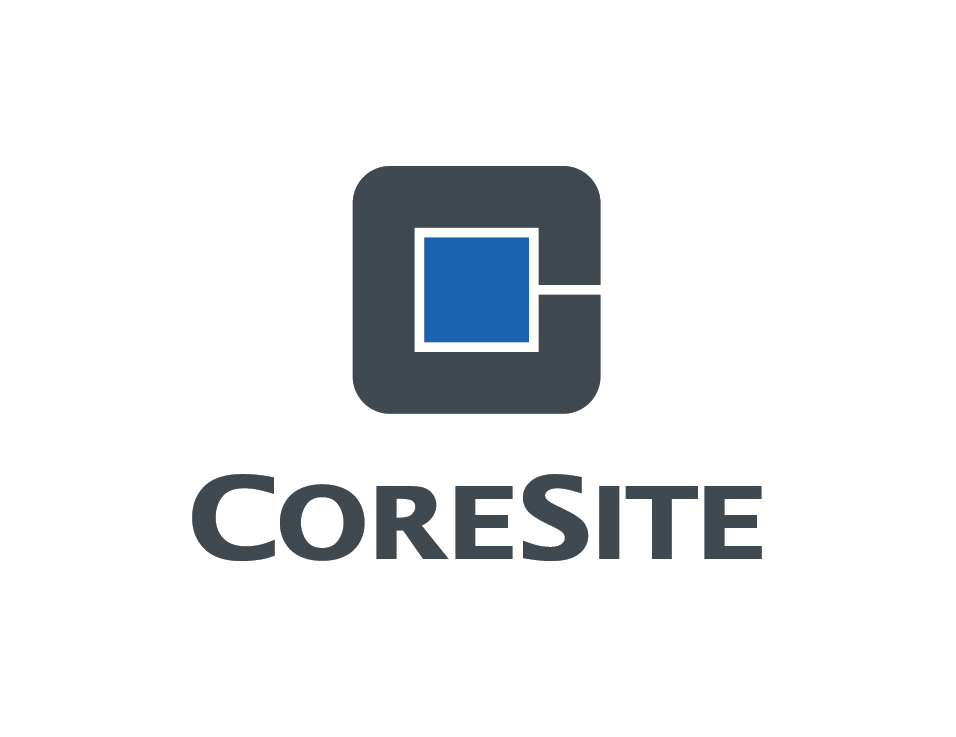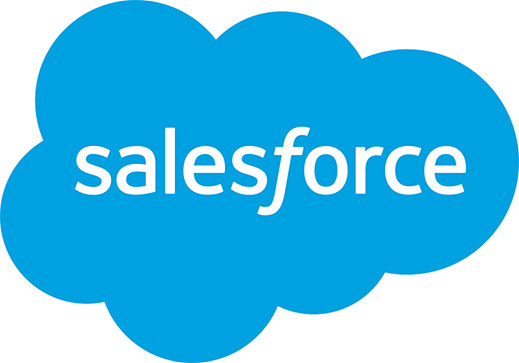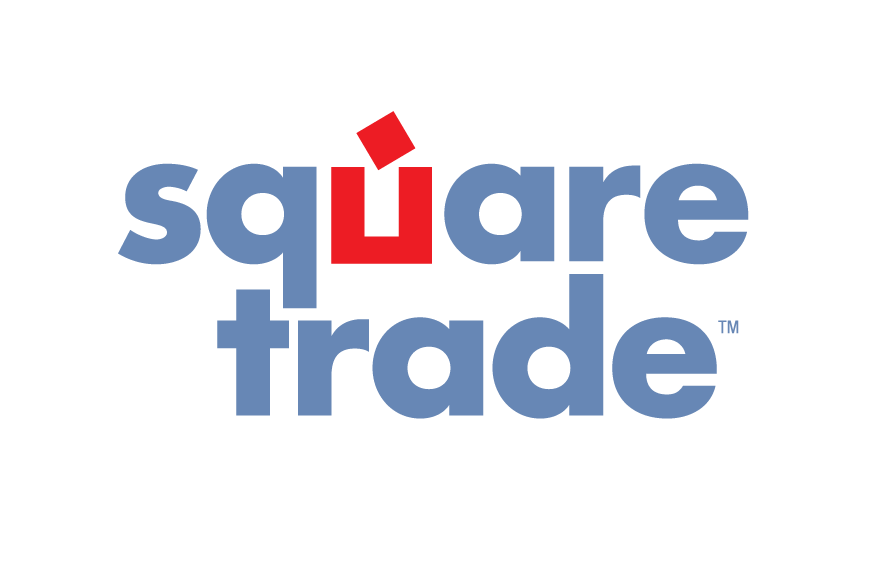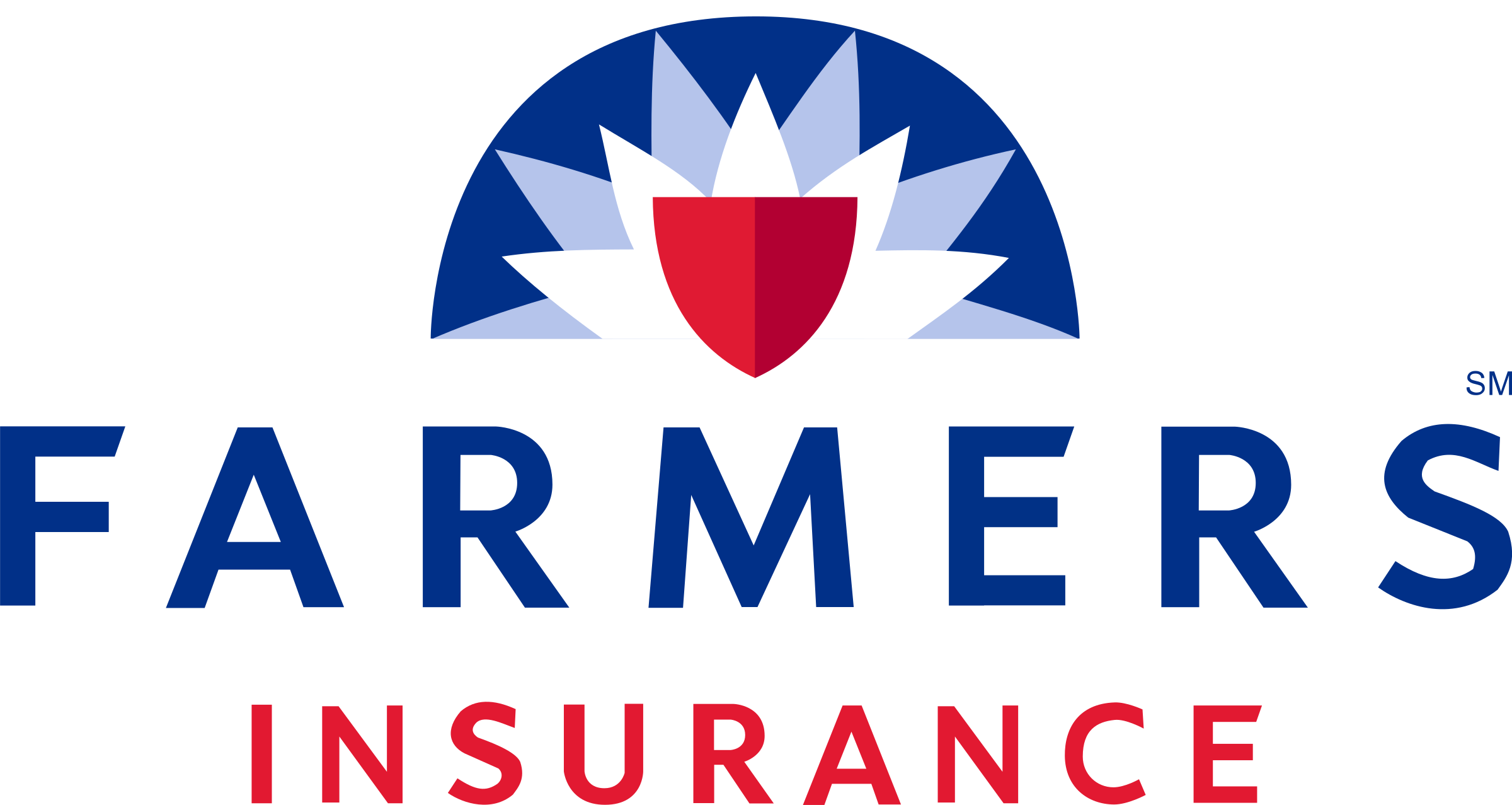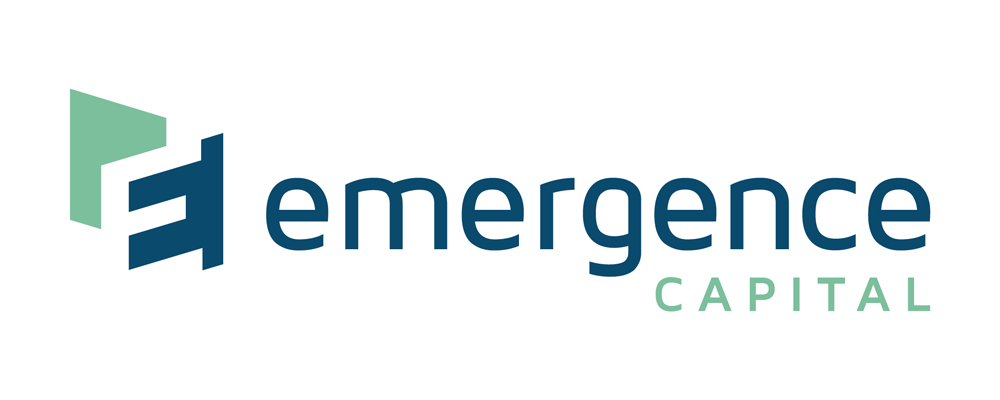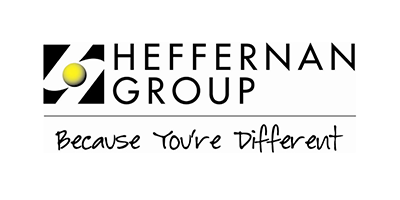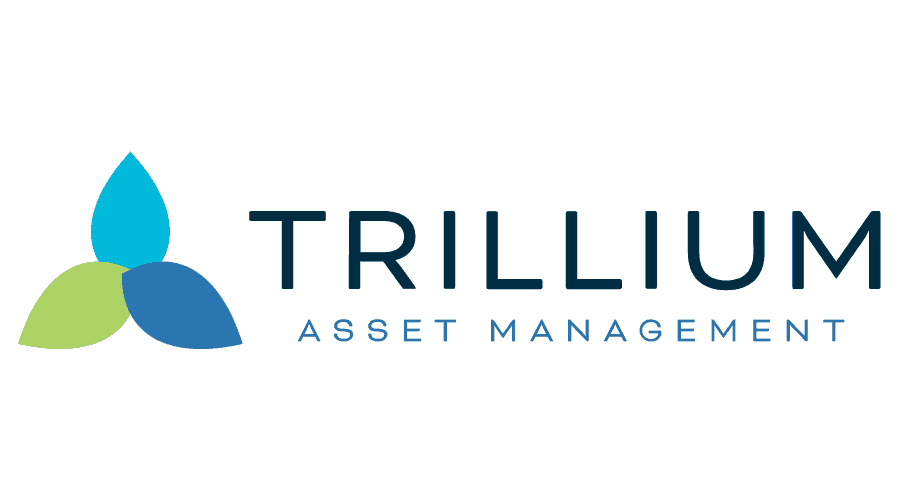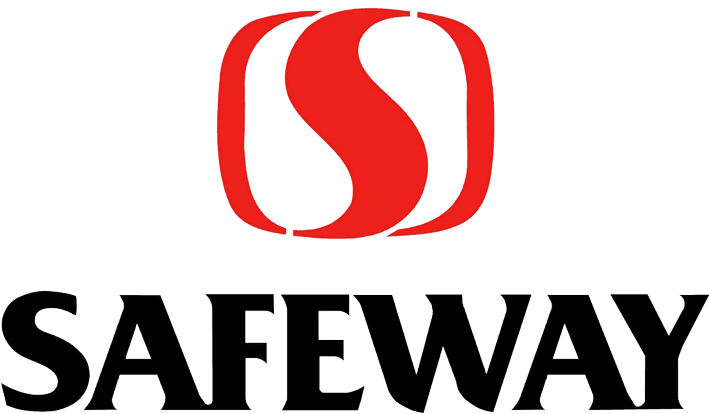Transitional Employment at St. Anthony’s
On the path to stability, employment is universally recognized as a critical stepping stone. What’s less universal is a willingness to provide that stepping stone.
The guests St. Anthony’s serves — formerly incarcerated people, individuals experiencing homelessness, those recovering from substance use disorder — experience numerous obstacles to gaining employment, and ultimately, stability.
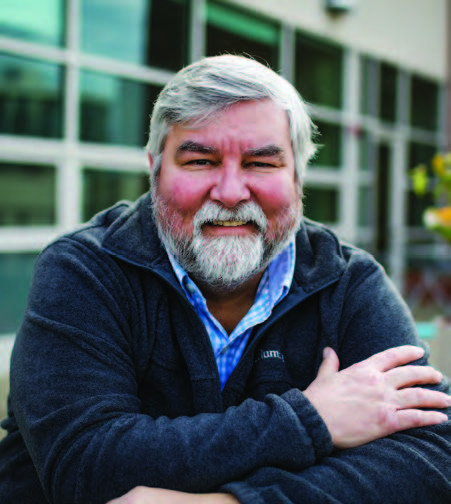
“Transitional employment applicants share the same obstacles that someone who’s been out of the workforce in general may encounter, but these applicants face additional challenges as well,” explains Bryan Young, St. Anthony’s Chief Talent Officer. “TE candidates may have been incarcerated for 10 years and technology has changed and so too has the work environment. Justice system-involved applicants carry a heavier burden because they’re subjected to an organization’s policy that prohibit their hiring, reminding the applicant that they have a cloud hanging over them. Every time they get rejected for a job opportunity; they feel defeated all over again.”
That’s where transitional employment comes in. In simple terms, transitional employment is employment that’s not intended to be permanent. It’s often provided to people as preparation for permanent employment.
“Transitional employment opens a door that might not be open for somebody who had doors of opportunity slammed in their face because of their past,” says Young. “It’s an opportunity for people to identify a gap in their skills and get free training to improve their skills and elevate their position in life. It’s all about stability.”
We’re looking for solid external partners that align with our vision and mission
Bryan Young
Young, a long-time St. Anthony’s volunteer and trusted consultant, joined the Foundation in a full-time capacity as chief talent officer about five years ago. He now oversees human resources, learning and development, and workforce development at the Foundation. It’s in that latter capacity that he’s been tasked with evolving and growing St. Anthony’s transitional employment opportunities into a formal, scalable program.
“We’ve identified that we’re doing this unintentionally,” Young says of the entry-level positions in the dining room, the Tech Lab, Community Safety Services and other departments where St. Anthony’s has long had a practice of hiring former guests. “Now, we want to move toward a more intentional approach and help people from that angle. … All those jobs are entry-level, and in this process we want to evaluate [transitional employees’] skills, work with the employee, and help guide them to gain the in-demand skills and help guide them to gain the skills they need to gain stability.”
The model Young describes aligns squarely with his strategic objectives as Chief Talent Officer, which he describes as “helping people bridge gaps between the skills they have and the skills they need.”
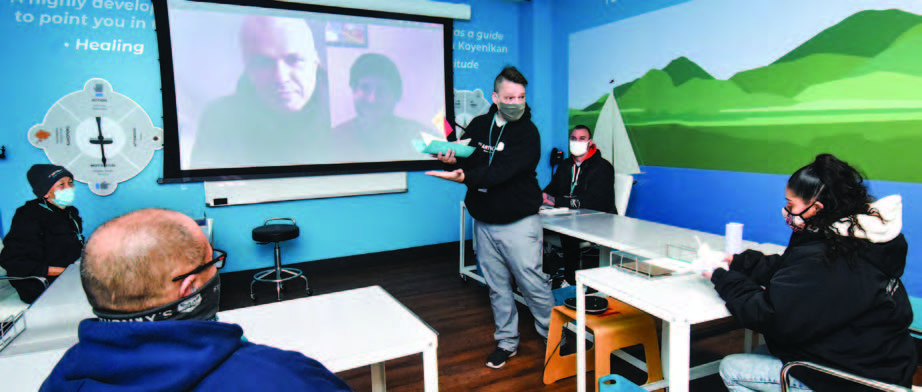
But it’s not something traditional hiring models account for — or even try to account for. “HR typically wants people to come in and work for 30 years and then retire,” Young says. “We want to let [St. Anthony’s guests] come in and we want to help them. We want to assist them and help guide them to get the job that they desire here or with one of our external partners.”
To that end, St. Anthony’s transitional employment model-in-development is not just a plan for St. Anthony’s — but potentially something far bigger. “The transitional employee’s dream job could be here, but if it’s not, we intend to align with some external partners, providing a curriculum that is co-designed and aligned with our external partners,” Young continues. “This collective approach will help our employees experience success in their new jobs, as it provides our partners with a certifiably trained employee. My dream is to work with external partners that are aligned in mission and values, dedicated to providing people with second chances.”
Transitional employees will be eligible to stay with St. Anthony’s as a full-time employee for an extended period — most likely up to one year, Young says. After that year is up, they’ll have a number of options for how to continue their journey. If they haven’t secured a full-time job, whether that’s with St. Anthony’s, one of the Foundation’s external partners or another employer, they’ll have the option of continuing on as a transitional employee, either staying in the department they’re currently in or switching over to a different one.
“If somebody has obtained the skills they want, they could continue in that role,” Young says. “They could become a core employee. … They could change departments. … Or we can send them off to an external partner. Or they can go get an alternate job.
Transitional employment candidates share the same obstacles that someone who’s been out of the workforce in general may encounter, but these applicants face additional challenges as well.
Bryan Young, St. Anthony’s Chief Talent Officer
When the program launches, transitional employees will come out of Father Alfred Center, St. Anthony’s residential addiction recovery program. But there’s the potential to partner with California Development Departments, youth clubs, halfway houses, other recovery programs or other nonprofit partners to intervene with at-risk individuals, Young adds.
As one of San Francisco’s largest and most comprehensive providers of essential services, St. Anthony’s actions have a tangible effect on its community. But the Foundation can only do so much alone. For the program to reach its full potential, St. Anthony’s will need the support of employers in the city, Young emphasizes.
“We’re looking for solid external partners that align with our vision and mission,” says Young “I would love to talk to people about external volunteer training opportunities here. I’d love to have a speaker series come in and talk to the transitional employees. … I’d love to see some of the bigger companies in the city of San Francisco step up and partner with us.”







